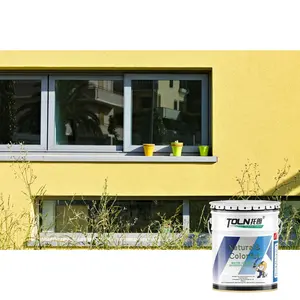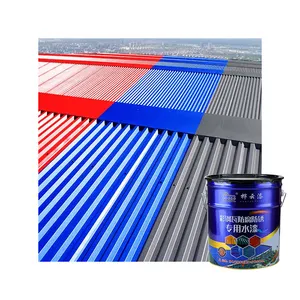Understanding Building Waterproof Coating
Building waterproof coating is an essential product category in the construction industry, designed to protect structures from water ingress. This category encompasses a variety of formulations and materials that serve to shield residential, commercial, and industrial buildings from the damaging effects of moisture and water exposure.
Types and Applications
The diversity of building waterproof coating products includes solutions like bitumen paint roof treatments, concrete block waterproofing paint, and specialized roof foundation coating. These coatings are applied to various surfaces, including walls, roofs, and foundations, to prevent water penetration and damage. Products such as waterproof paint for cement blocks are specifically formulated to adhere to and protect masonry surfaces.
Features and Materials
The features of building waterproof coatings vary, with some offering UV resistance, while others like cromapol roofing provide flexibility and durability under various weather conditions. Materials commonly used in these coatings include acrylic, silicone, and polyurethane, each offering different levels of protection and longevity. For instance, waterproofing paint for concrete block walls is designed to resist the high alkalinity of cementitious surfaces.
Advantages of Waterproof Coatings
The advantages of using a building waterproof coating are numerous. They extend the life of buildings by preventing water-induced deterioration, mold growth, and structural damage. Coatings like all weather roof sealant and black bitumen roof paint are easy to apply and can be used in a variety of climates, ensuring long-term protection against the elements.
Selection Considerations
When selecting a waterproof coating, considerations such as the environmental conditions, the type of substrate, and the specific area of application are crucial. For example, house foundation coating must be robust enough to handle soil moisture and potential chemical exposure, while roofing felt waterproof paint needs to provide a reliable seal under the roofing material.
Environmental and Safety Aspects
Lastly, the environmental and safety aspects of building waterproof coating cannot be overlooked. Many manufacturers are now offering eco-friendly and non-toxic options, reducing the impact on the environment and ensuring the safety of those applying the coatings and residing within the treated structures.












































 浙公网安备 33010002000092号
浙公网安备 33010002000092号 浙B2-20120091-4
浙B2-20120091-4